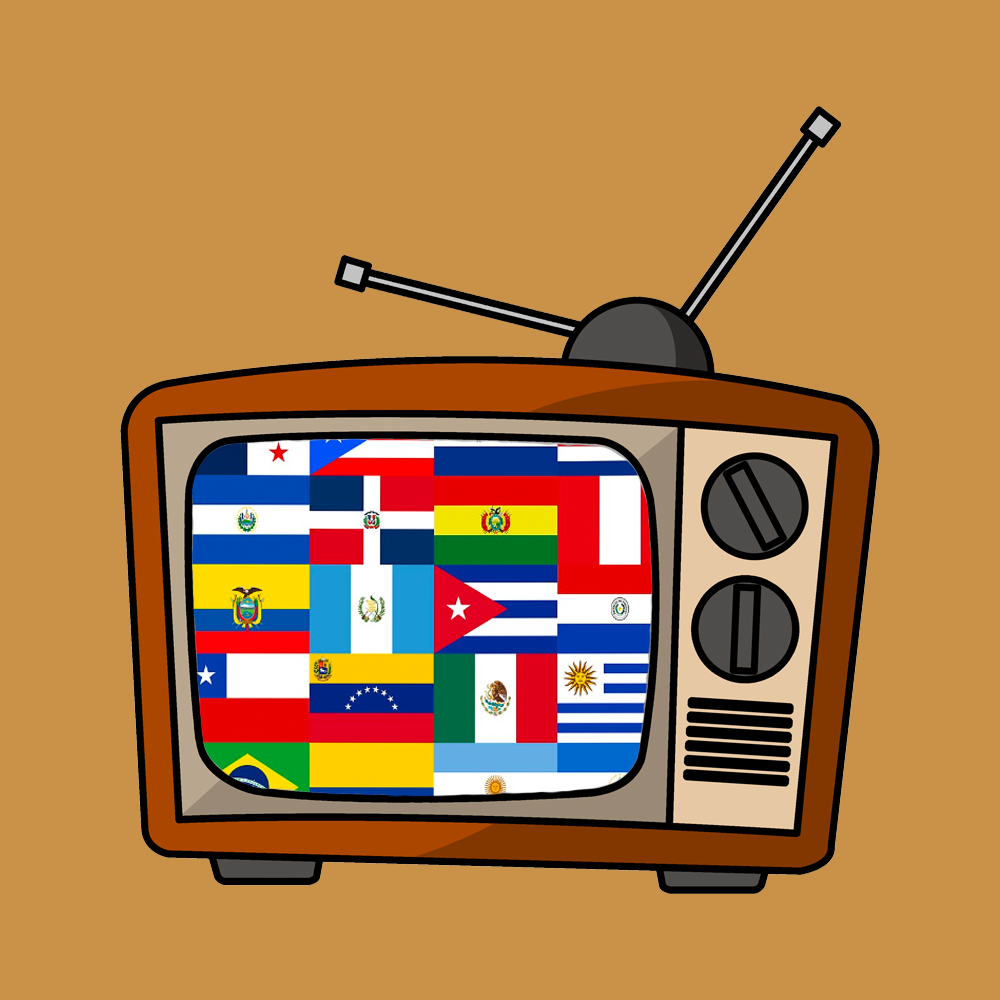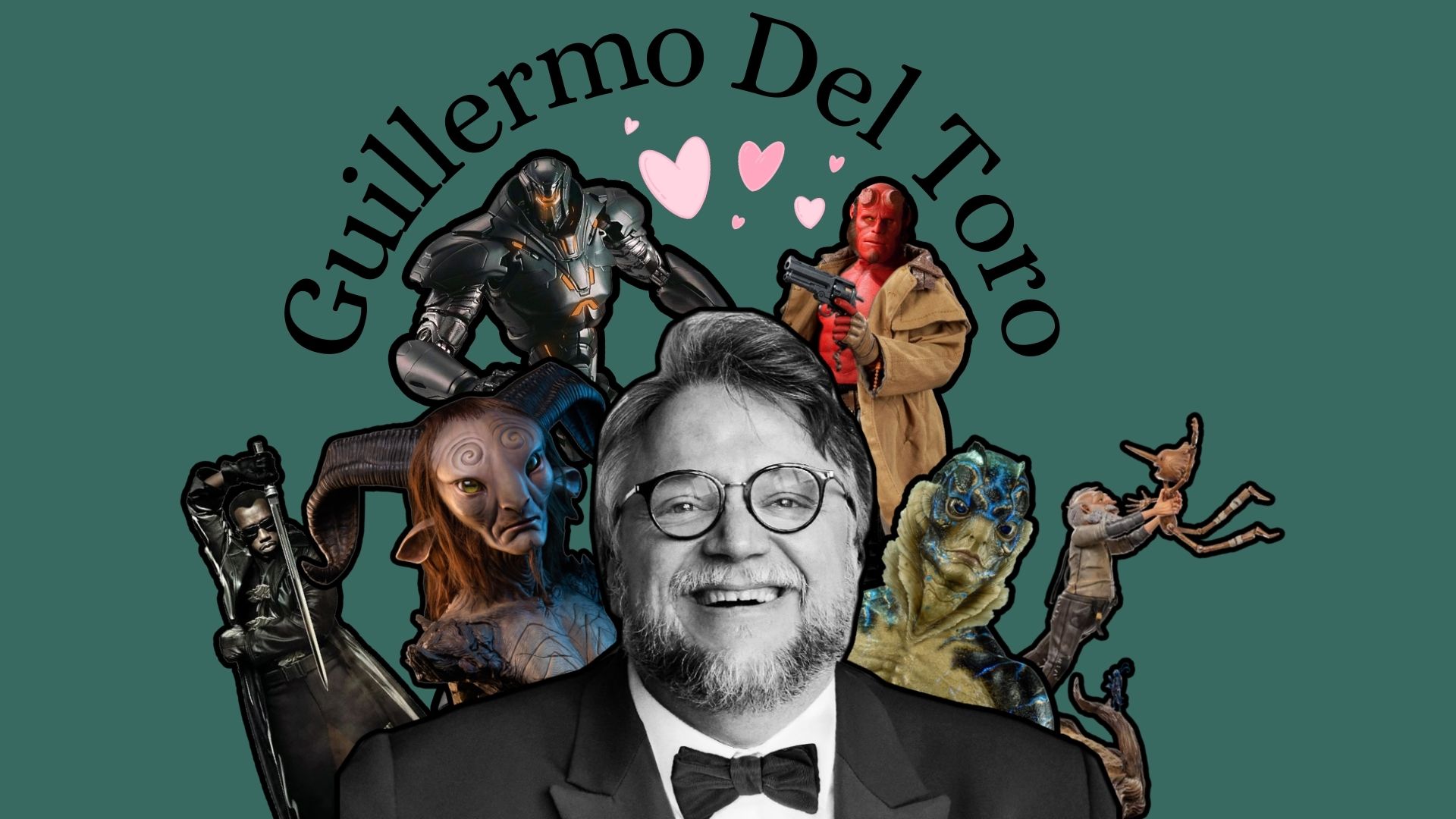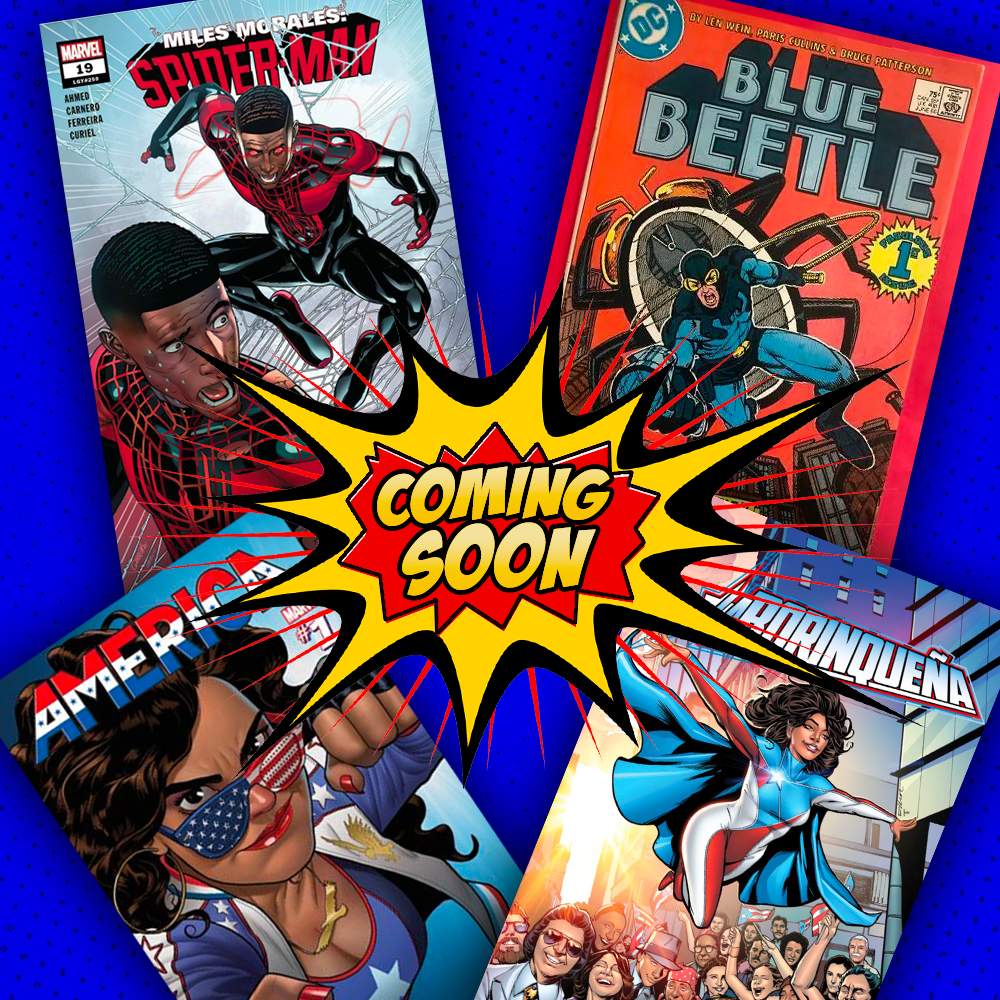To be a Foodie: Chef through a Latin Foodies' Lens
 Cuban bread, ham, roast pork—lechón— Swiss cheese. Contrary to popular belief, pickles and mustard are not optional. But what is the significance of a sandwich? To Carl Casper (Jon Favreau), the encouragement from his ex-wife (Sofia Vergara) that his Cubanos are better than the ones from Miami’s iconic Versailles Restaurant is all he needs to take his career from prestigious to portable. In opening his food truck, he breaks away from the tradition of caviar eggs and lava cakes to reconnect with his craft and community by making dishes he cares about.
Cuban bread, ham, roast pork—lechón— Swiss cheese. Contrary to popular belief, pickles and mustard are not optional. But what is the significance of a sandwich? To Carl Casper (Jon Favreau), the encouragement from his ex-wife (Sofia Vergara) that his Cubanos are better than the ones from Miami’s iconic Versailles Restaurant is all he needs to take his career from prestigious to portable. In opening his food truck, he breaks away from the tradition of caviar eggs and lava cakes to reconnect with his craft and community by making dishes he cares about.

 From a young age, I never paid much attention to what most of my idols and heroes looked like or where they were from. Superman soared across the sky and Spider-Man swung across New York buildings and their alter-egos just looked like what the child version of myself believed the average person looked like. Part of growing up for me was realizing that I looked different from what I and many of my peers had been conditioned to consider the average. Most average looking pop culture figures did not share that many physical attributes with the little Latino kid that was looking up to them; it did not bother me at a young age since it was just the established norm. This established norm is eroding more and more every year though media continues to take significant strides in representation.
From a young age, I never paid much attention to what most of my idols and heroes looked like or where they were from. Superman soared across the sky and Spider-Man swung across New York buildings and their alter-egos just looked like what the child version of myself believed the average person looked like. Part of growing up for me was realizing that I looked different from what I and many of my peers had been conditioned to consider the average. Most average looking pop culture figures did not share that many physical attributes with the little Latino kid that was looking up to them; it did not bother me at a young age since it was just the established norm. This established norm is eroding more and more every year though media continues to take significant strides in representation. Born in Guadalajara, Mexico, Guillermo Del Toro has become one of the most prolific filmmakers of the modern age thanks to his unique voice, resilience on non-CGI creatures, and his unrelenting patience for his craft. Before working behind the camera, Del Toro worked for much of his early career in makeup and special effects, trained and mentored by Dick Smith. Working alongside Smith for ten years, Del Toro eventually cofounded his own visual effects studio named “Necropia”. This early interest and experience with practical effects laid the groundwork for almost all his projects to come, beginning with his first film Omnivore.
Born in Guadalajara, Mexico, Guillermo Del Toro has become one of the most prolific filmmakers of the modern age thanks to his unique voice, resilience on non-CGI creatures, and his unrelenting patience for his craft. Before working behind the camera, Del Toro worked for much of his early career in makeup and special effects, trained and mentored by Dick Smith. Working alongside Smith for ten years, Del Toro eventually cofounded his own visual effects studio named “Necropia”. This early interest and experience with practical effects laid the groundwork for almost all his projects to come, beginning with his first film Omnivore. Comic books used to be a predominantly white-representative medium, with little to no diversity in their characters. It wasn’t until the latter half of the 20th century when things began to change. Marvel comics introduced characters like Black Panther in the 1960s, as well as the X-men, who serve as a metaphor for minority groups all across the world still to this day. It wasn’t until 1975 when the first mainline Latino comic book character was introduced by Marvel. Hector Ayala A.K.A. White Tiger, a Puerto Rican college student, donned a white suit that, curiously enough, showed nothing of his skin. Whether this was intentional or not, the comic book world had now been introduced to a true Hispanic character for the first time ever, and his creation paved the way for many more beloved Hispanic characters today.
Comic books used to be a predominantly white-representative medium, with little to no diversity in their characters. It wasn’t until the latter half of the 20th century when things began to change. Marvel comics introduced characters like Black Panther in the 1960s, as well as the X-men, who serve as a metaphor for minority groups all across the world still to this day. It wasn’t until 1975 when the first mainline Latino comic book character was introduced by Marvel. Hector Ayala A.K.A. White Tiger, a Puerto Rican college student, donned a white suit that, curiously enough, showed nothing of his skin. Whether this was intentional or not, the comic book world had now been introduced to a true Hispanic character for the first time ever, and his creation paved the way for many more beloved Hispanic characters today. 
